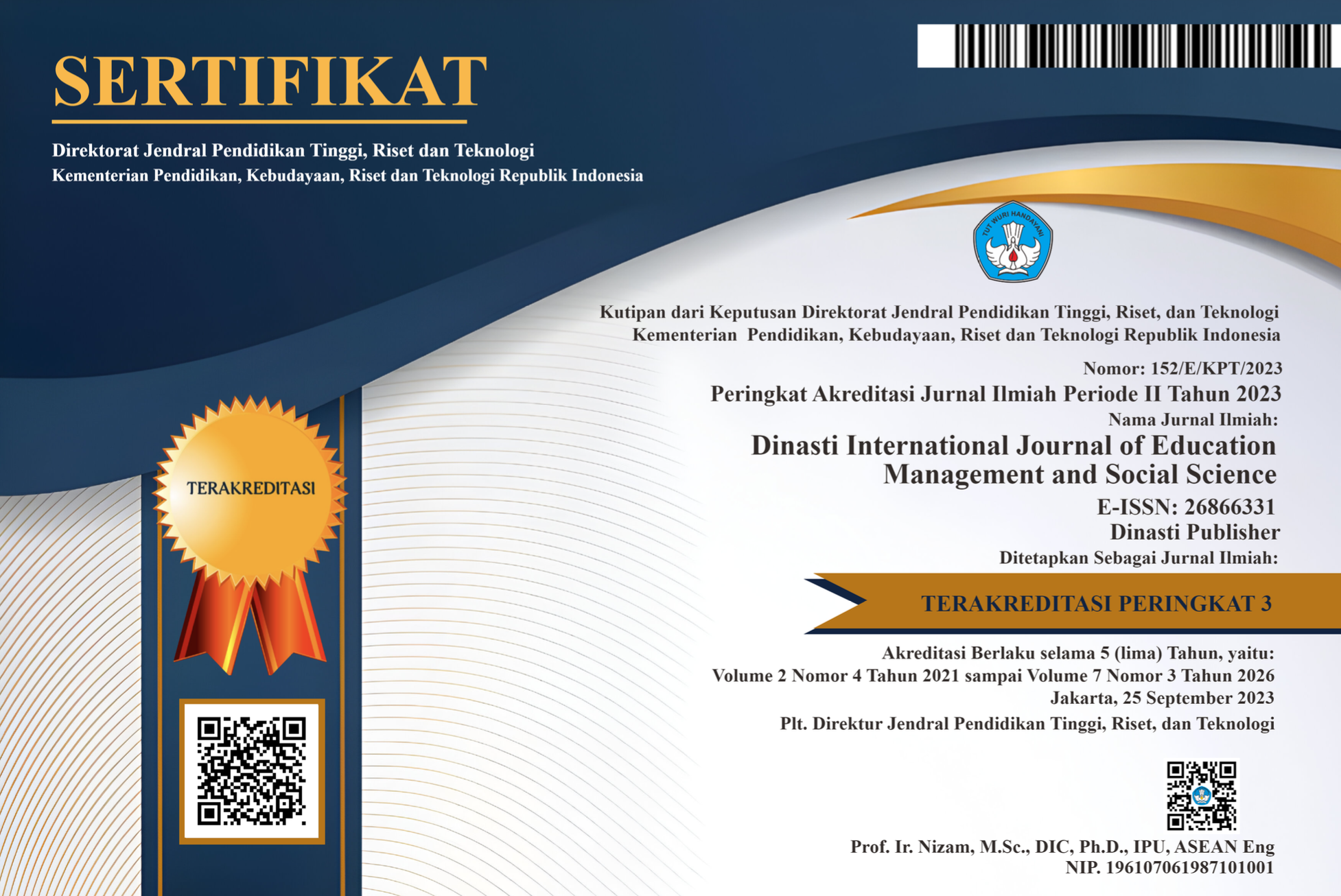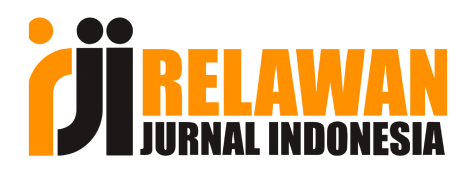STRATEGY FOR MANAGING WORKLOADS OF AIR TRAFFIC CONTROLLER AT PERUM LPPNPI
DOI:
https://doi.org/10.31933/dijemss.v2i2.653Keywords:
Strategy, Workload, Perum LPPNPI, Air Traffic ControlAbstract
This study aims to analyze workload management strategies, constraints in workload management strategies and planning and development of air traffic integration workload management strategies at Perum LPPNPI. Research data is data collected from interviews, literature studies and data observations obtained from the directorate of operations of the Perum LPPNPI office and evaluation of air navigation over a period of years to years. This type of research is a qualitative descriptive study that has a complete picture of a phenomenon or event that occurs according to its purpose. The method used by researchers in analyzing data is data collection, data reduction, data display and conclusion. Subjects in this study were 5 (five) sources as officials on duty at Perum LPPNPI. The results of this study indicate that the air traffic workload management strategy at Perum LPPNPI is in fulfilling the number of human resources and needs, restructuring air space, managing ATFM (Air Traffic Flow Management), paying more attention to FRMS (Fatigue Risk Management System).
References
Fahmi, Irham. (2017). Manajemen Sumber Daya Manusia Teori dan Aplikasi. Bandung: Alfabeta.
Hasibuan, Malayu. S. (2013). Manajemen Sumber Daya Manusia. Jakarta: Bumi Aksara.
Kadarisman. (2012). Manajemen Pengembangan Sumber Daya Manusia. Raja Grafindo Persada. Jakarta.
Kasmir. (2016). “Manajemen Sumber Daya Manusia (Teori and Praktik)”. Raja Grafindo Persada. Jakarta.
Mangkunegara, Anwar Prabu. (2011). Manajemen SDM Global. Jakarta: Mercu Buana.
Marwansyah. (2016). Manajemen Sumber Daya Manusia. Bandung: Alfabeta.
Mathis, Robert L. and Jackson John H. (2010). “Human Resource Management 13th ed.Thomson”. South-Western.
Mondy, R. Wayne and Martocchio, Joseph J. (2016). “Human Resource Management. 14th ed. Pearson”. London.
Miles,M.B, Huberman,A.M, dan Saldana,J. (2014 ). Qualitative Data Analysis, A Methods Sourcebook, Edition 3. USA: Sage Publications. Terjemahan Tjetjep Rohindi Rohidi, UI-Press.
Moleong, Lexy J. (2004). Metode Penelitian Kualitatif. PT. Remaja Rosdakarya. Pearce, Jhon dan Robinson. (2007). Manajemen Strategis.Salemba Humanika. Jakarta.
Noe, Raymond A., et all. (2014). “Human Resource Management Mc Graw-Hill”, New York
Priansa, D. J. (2014). Perencanaan dan Pengembangan Sumber Daya Manusia. Bandung: Alfabeta.
Rahayuni, A. Y. (2013). Manejemen Perubahan dan Invasi. Jakarta: UI Press.
Sugiono. (2011). Metode penelitian kuantitatif kualitatif dan R dan D. Bandung: Alfbeta.
Sunyoto. Andang. (2012). Teori, Kuesioner and Analisis Data Source Daya Manusia. Center for Academic Publishing Service. Yogyakarta.
Sutrisno, Edy. (2017). Manajemen Sumber Daya Manusia. Jakarta: Kencana.
Suwitno., Priansa, Donni Juni. (2016). Manajemen SDM dalam Organisasi Publik dan Bisnis. Bandung: Alfabeta.
Yuniarsih, T., & Suwanto. (2016). Manajemen Sumber Daya Manusia. Bandung: Alfabeta.
Raco, J R. (2010). Metode Penelitian Kualitatif (Jenis, Karakteristik, dan keunggulannya). Jakarta: PT Gramedia Widiasarana Indonesia.
Yin, Robert K. (2012). Studi Kasus Desain & Metode. PT. Raja Grafindo Persada. Jakarta.
Downloads
Published
How to Cite
Issue
Section
License
Authors who publish their manuscripts in this journal agree to the following conditions:
- The copyright on each article belongs to the author(s).
- The author acknowledges that the Dinasti International Journal of Education Management and Social Science (DIJEMSS) has the right to be the first to publish with a Creative Commons Attribution 4.0 International license (Attribution 4.0 International (CC BY 4.0).
- Authors can submit articles separately, arrange for the non-exclusive distribution of manuscripts that have been published in this journal into other versions (e.g., sent to the author's institutional repository, publication into books, etc.), by acknowledging that the manuscript has been published for the first time in the Dinasti International Journal of Education Management and Social Science (DIJEMSS).















































